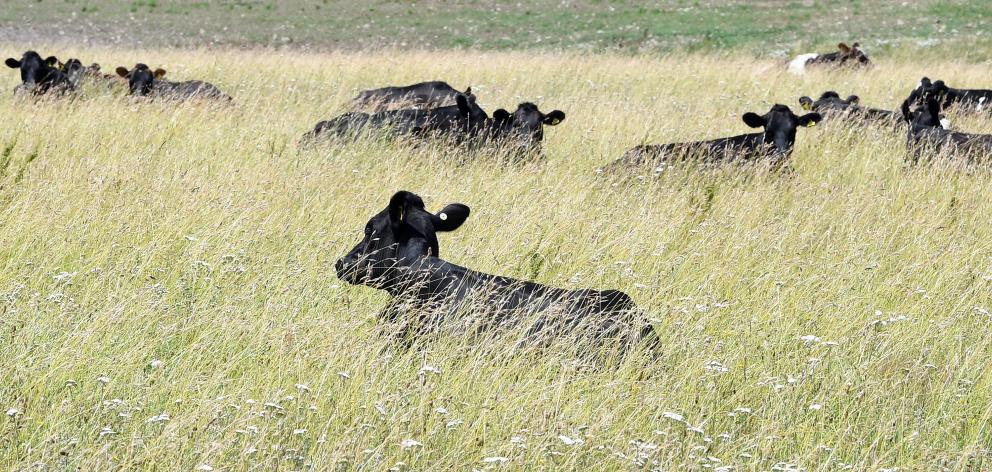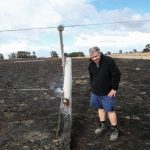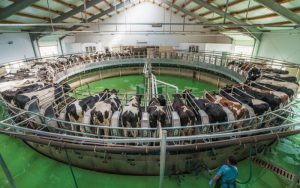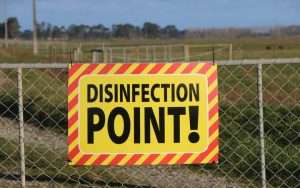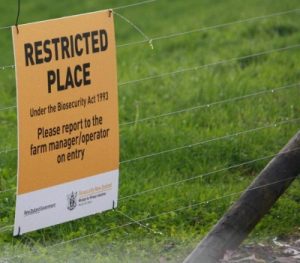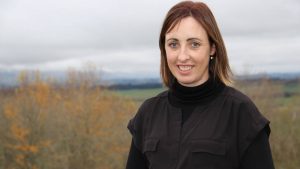
In the first stakeholder update from the Ministry for Primary Industries this year, Mr Gwyn said those with the disease were “taking a big hit” for the industry and that did not go unnoticed or unappreciated.
As of December 14, there had been 52,112 animals culled from herds scheduled for depopulation. Workshops and meetings would continue to be held throughout the year, he said.
Last month, Prime Minister Jacinda Ardern and Biosecurity Minister Damien O’Connor announced the Technical Advisory Group (TAG) had signalled eradication was on track. The TAG report was expected to be publicly released in a few weeks.
While things were looking positive for eradication, Mr Gwyn said there were people “still doing the hard yards” to whom that news might be of little consolation.
“We remain committed to ensuring our farmers and their families are at the centre of all our efforts as we continue to work towards eradication of M. bovis,” he said.
Over the past few months, Mr Gwyn said MPI had received a lot of feedback on how it dealt with farmers and properties which were affected, or potentially affected, by the phased eradication effort.
That feedback was “invaluable” and he encouraged anyone with feedback or suggestions to get in touch.
The disease was first detected on a South Canterbury dairy farm in July 2017. Months later, it was revealed that Southern Centre Dairies in Southland was believed to be where the disease first took hold.
In May last year, the Government unveiled an ambitious $886 million plan to eliminate the disease, rather than opt for long-term management of it.
If successful, New Zealand would be the first country in the world to eradicate the disease from its shores.
M. bovis can affect cattle with mastitis, abortion, pneumonia and arthritis. It is difficult to diagnose and control.As of January 4, there were nine infected properties in the North Island and 27 in the South Island, 61 properties nationally under Restricted Place Notices — which included infected properties — 187 under Notice of Direction, and 51 properties with IP controls lifted. There were four active IPs in Otago and one in Southland.Testing of samples, tracing of cattle movements on and off tested properties and on-farm investigations were ongoing. There were 586 compensation claims to MPI, 369 either completed or part paid. Paid claims paid totalled $39.2 million. The value of claims assessed was $44.3 million.
